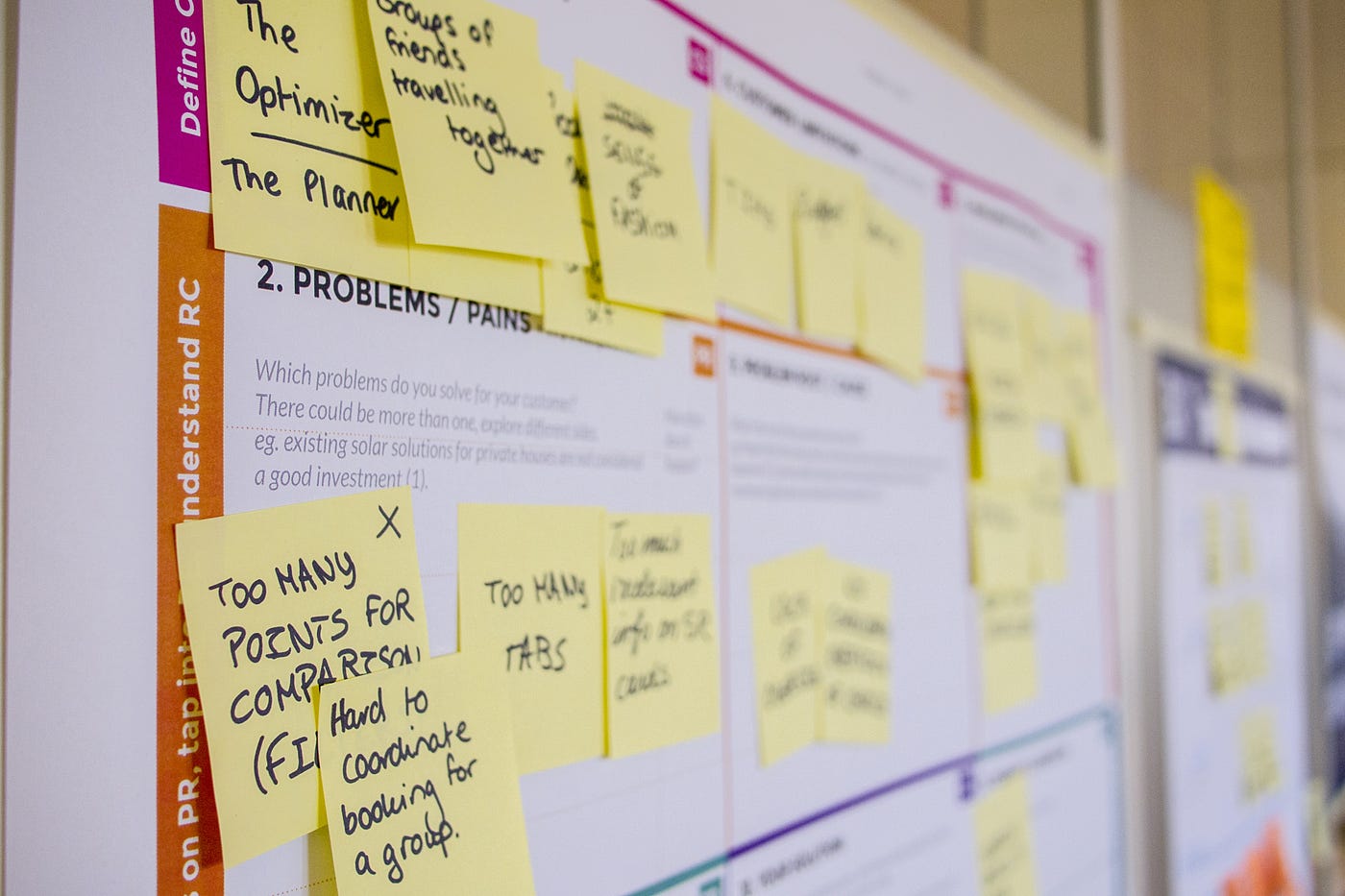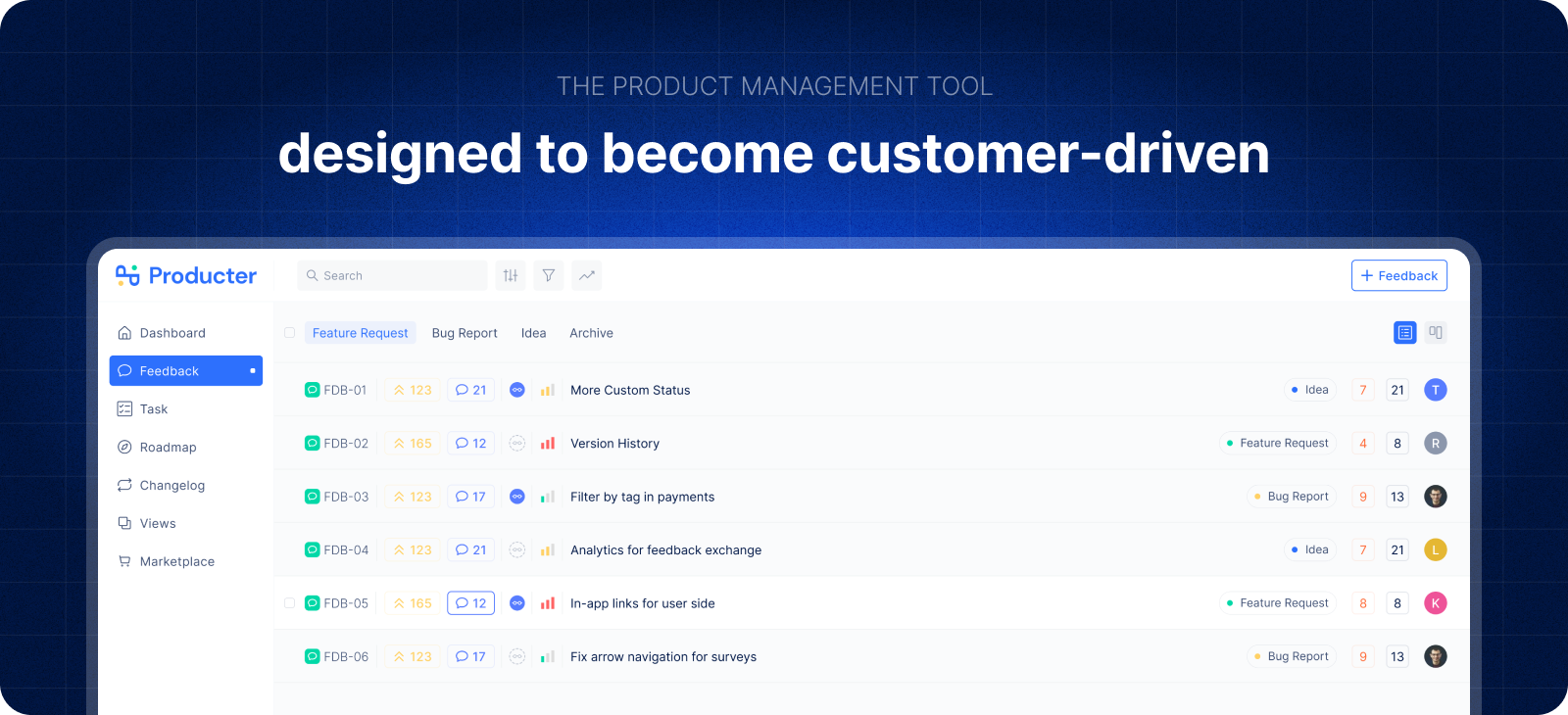A backlog is a list of tasks needed to execute a more extensive strategic plan. A product development context includes a prioritized list of items. The product team commits to meet these priorities next. Product backlogs are commonly populated with user stories, functionality improvements, and bug fixes.
A backlog is meaningless without prioritized items. The items at the top of the list represent the most important or urgent items to be accomplished by the team.
Why is a backlog critical for Product Managers?
Product managers (PM) must concentrate on high-level objectives to solve the main pain points for the market. A lot of their time is spent conducting market research, reviewing and analyzing their existing products’ usage analytics, and talking with their sales teams and customers. It helps PMs make more informed decisions while establishing the product roadmap, a high-level strategic plan.

A product manager should break down their high-level goals into digestible chunks to achieve product and business success — meaning break into small tasks to accomplish bigger goals. This is where a backlog plays a considerable role. It provides the team with a prioritized list of actionable items.
Backlogs give product managers a sense of being able to keep their team on track by identifying next-up tasks.
3 Common Backlog Mistakes to Avoid
- Lack of Product Vision and Roadmap: It will be challenging to prioritize the backlog if the Product Owner (PO) or Project Manager (PM) lacks a clear product vision and roadmap strategy. In this way, you create a backlog of tasks that need to be accomplished. This should be prevented by having a clear vision shared with all stakeholders. In cases where a product owner requires help, the team can collaboratively plan and implement a sprint goal focused on needs and outcomes.
- Poor Backlog Ordering: It is crucial to regularly update the backlog. Team members have the ability to deliver value if they keep the backlog updated, but if it becomes irrelevant and does not reflect the team’s current priorities anymore. It is possible to prevent this mistake by scheduling regular backlog reviews (i.e. backlog refinement or backlog grooming) to maintain increased dedication.
- Creating Multiple Backlogs: One of the challenges of managing a Product Backlog is to balance the importance of fixing bugs and refactoring against user stories that introduce new features. Some Product Owners/Managers might even keep a separate bug backlog in order to increase visibility. Having two different backlogs makes coordination even more challenging.
Producter is a product management tool designed to become customer-driven.
It helps you collect feedback, manage tasks, sharing product updates, creating product docs, and tracking roadmap.






